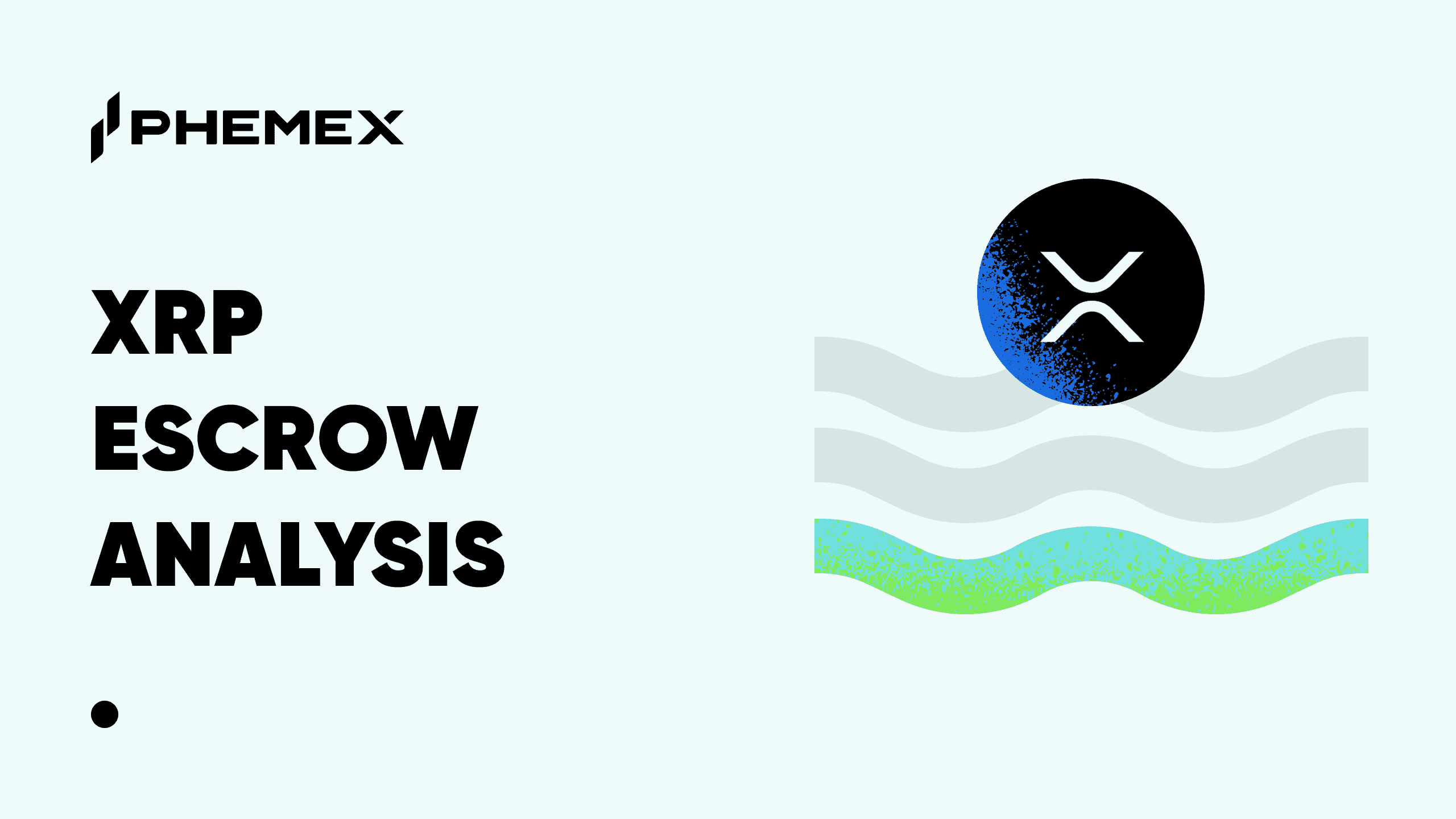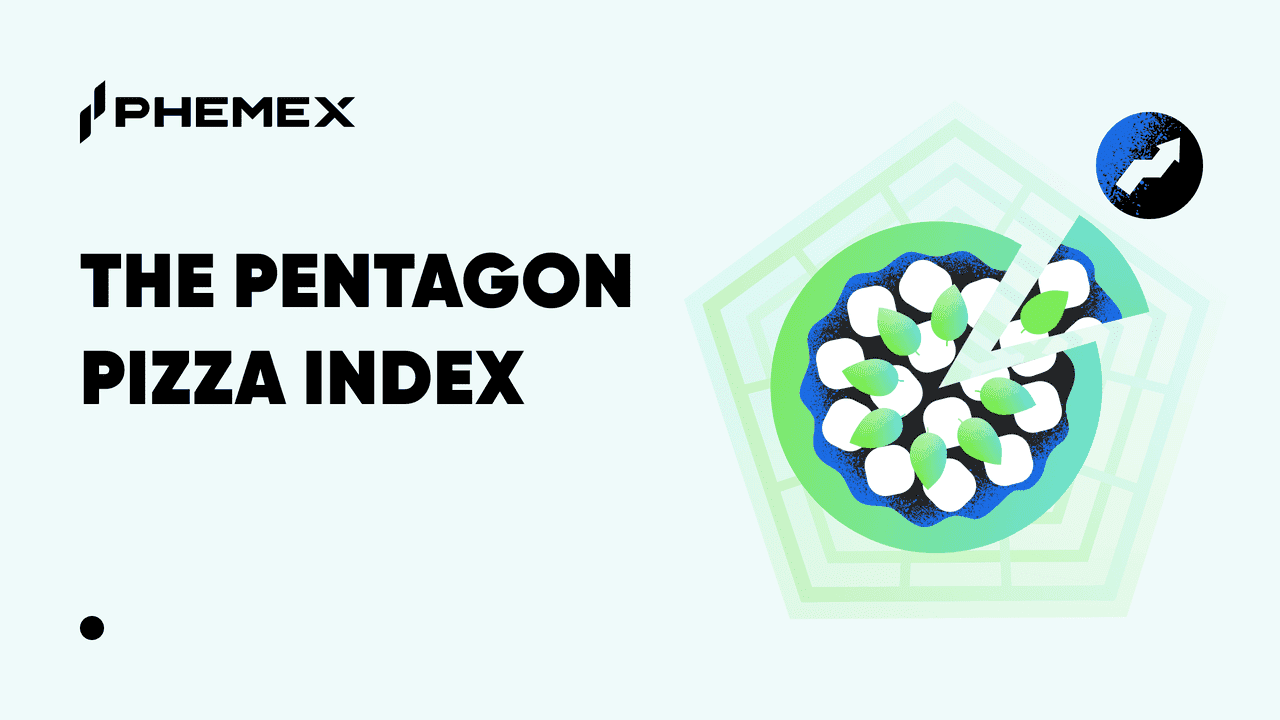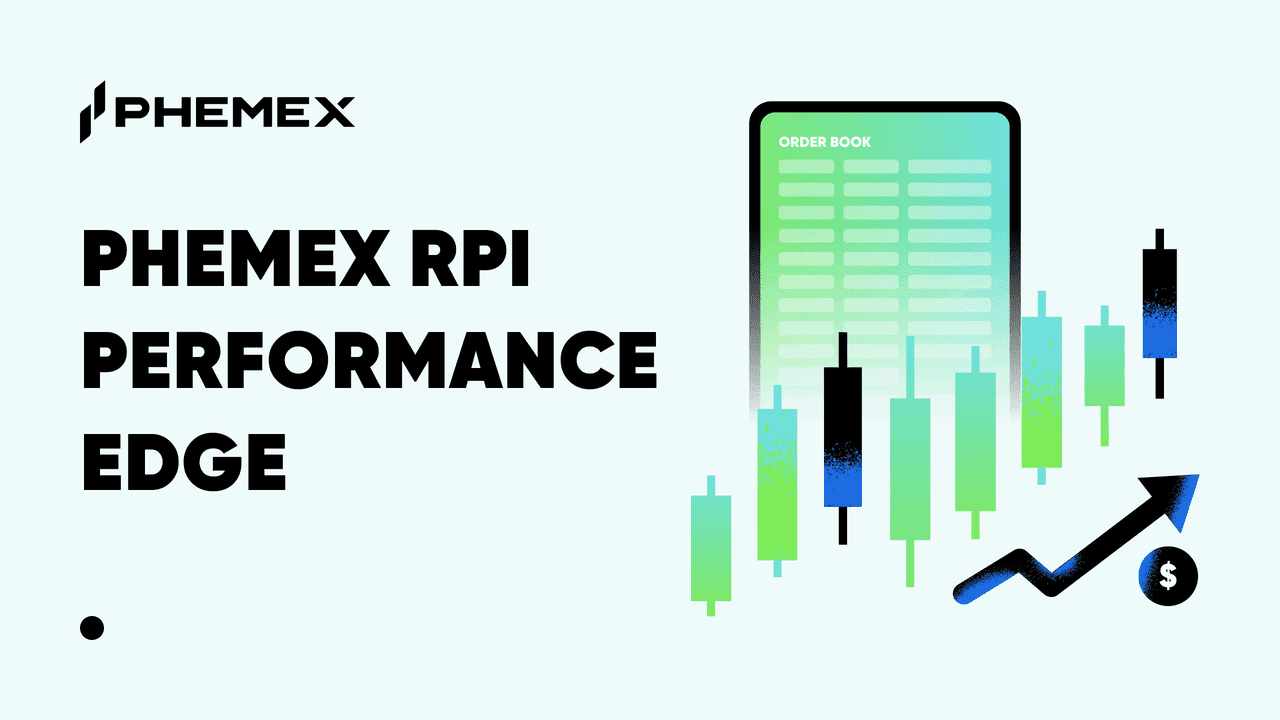In recent months, many crypto lenders and brokers have gone insolvent or are facing bankruptcy, and this phenomenon has spread all across the industry. But many questions still remain like how did this happen, who’s next, and what are the main factors behind these capitulations?

What Is Crypto Lending?
Crypto lending is a popular trade form where cryptocurrency is lent out and interest payments are made to the lenders. It allows investors, also called crypto lenders, to make money by lending the cryptocurrency for a fee.
Crypto Lending’s Role In The DeFi or CeFi Ecosystem
Crypto lending is quite essential for the crypto world because it’s essentially ‘banking’ it. For example, similar to the process of bank savings and interest-earning mechanisms, crypto lenders function as the center for the deposit and lending of cryptocurrency. While crypto lending boomed along with general cryptocurrency trading, it has seen a sudden downfall in recent months.
Problem With Crypto Lending
There are few rules regarding the capital that crypto lenders must hold because these companies are not overseen by financial regulators. As a result, this may lead to customers having greater investment insecurity, and as recently seen, these customers have lost access to their funds held on these crypto lending platforms.
Moreover, general crypto market volatility can significantly affect the risk levels of the crypto lenders which in turn affects the investments made by the investors.
At present, many crypto lenders’ balance sheets do not have the liquid assets to cover withdrawals. Recently, a leading cryptocurrency platform Celsius froze customers’ funds as it was left with a $1.2 billion deficit and filed for bankruptcy.
The major reason behind this unfortunate circumstance was the crash in the value of cryptos during the past few months. Celsius was a $3 billion dollar company until last year, and its downfall started with the company disabling withdrawals, swaps, and transfers between accounts on June 13th, 2022.
Shortly after that, Celsius acknowledged it cannot honor its withdrawal obligations and started taking action. However, Celsius is not the only crypto lender victim to the crypto market crash, lending companies like Babel, FinBlox, and YouHodler have also fallen into the trap of insolvency and bankruptcy.
In particular, Babel has disabled withdrawals for all customers and is likely to be insolvent. Their withdrawals were frozen due to liquidity pressures from their customers. FinBlox has restricted the withdrawals to $500 per day and recently announced it had exposure to 3AC, which makes it likely to be insolvent. While YouHodler has not restricted withdrawals, reports note that consumers have complained of withdrawal delays and lack of customer support. YouHodler’s CEO claims not to have any liquidity issues, however, there do exist elevated risks.
While some crypto lenders have shown clear indications of insolvency or bankruptcy, there are others on the line who have not shown the insolvency traits as of now, but seem to be on the verge.
For example, BlockFi, a crypto lending company in the US, still has active withdrawals but there’s an elevated risk as unconfirmed reports show that it was a major lender to 3AC. 3AC has also filed for bankruptcy and fallen into liquidation. This has increased the risks for BlockFi, to which they’ve acknowledged they’re incurring losses.
Another lending company with a high probability of insolvency risk is Nexo, a Bulgaria-based crypto lending company. There have been rumors that the company is leaning towards insolvency, but the company has denied such rumors.
Counterparty risk is another risk that crypto lending companies have been subjected to in the past years. In counterparty risk, users’ funds are unsecured or secured by the company’s continued operations, which makes them prone to losing all the cryptocurrency stored in the accounts of these companies if the crypto exchange goes bankrupt.
Conclusion
Crypto lending is circulated around the unregulated market, and hence there is no regulation in the event of a default. There usually is no guarantee, insurance, central authority, or protections that would help resolve issues between the lenders and borrowers. Currently, the liquidity is drying up faster than lenders can keep up. The recent trends indicate that regulators, investors as well as customers should understand that the risk in crypto lending is much higher than traditional bank savings and hence should work towards insuring customer deposits as well as the interests of crypto lending companies.











